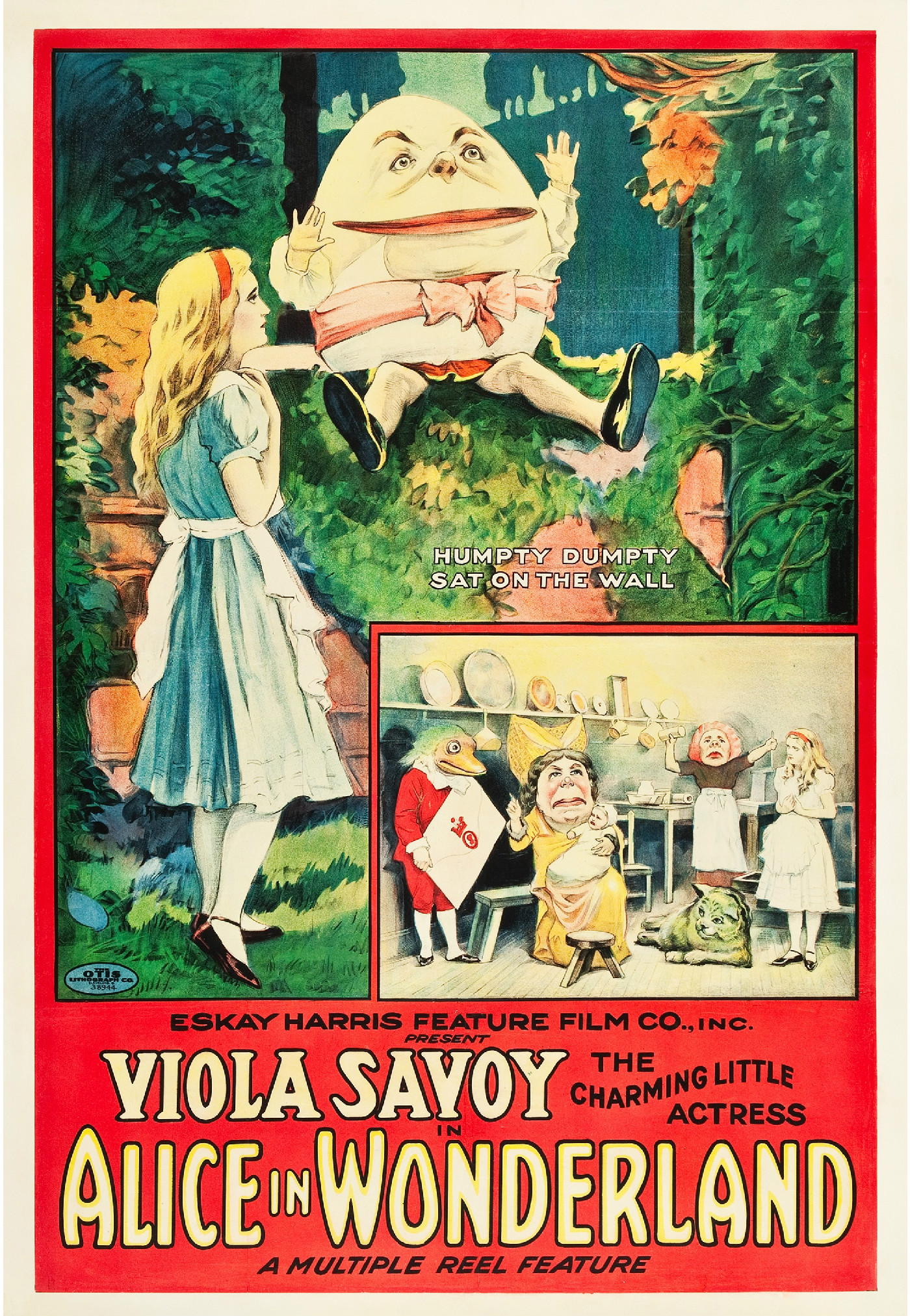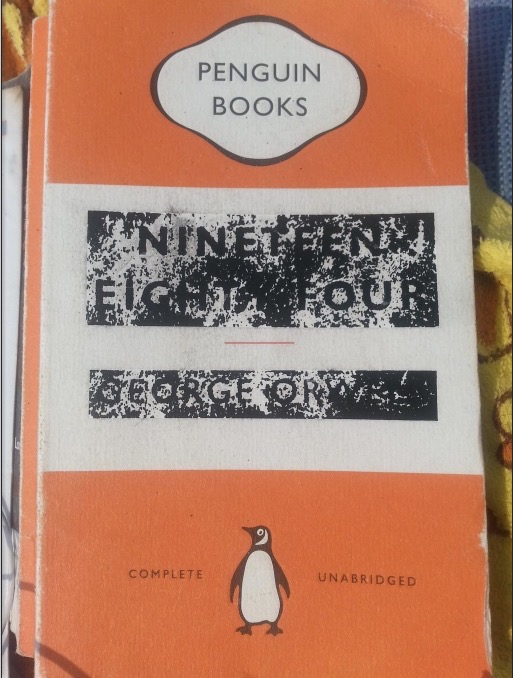Alice’s Adventures in Wonderland predates the invention of cinema by a couple of decades. Nevertheless, much like the “Drink me” bottle and “Eat me” presented to its young protagonist, Lewis Carroll’s fantastical tale has called out the same message to generations of filmmakers around the world: “Adapt me.” This century, though not even a quarter of the way over, has already brought us full-length Alice movies (to say nothing of television productions) from Europe, South America, and of course the United States. Those last include separate adaptations of Alice’s Adventures in Wonderland and its sequel Alice Through the Looking Glass by no less an auteur than Tim Burton.
Both of those books were also taken on by a writer-director named W. W. Young more than a century ago, though he simply combined portions of both novels into a single feature. You can watch this silent Alice in Wonderland from 1915 above, in a version its uploader calls “by far the highest quality version of this film on the internet,” assembled “primarily from two prints scanned by the Library of Congress, along with a few other sources.
Enhanced with “scene-by-scene image stabilization,” it also excises “many title cards which were not part of the original film” added to subsequent versions, “and which slowed down the film considerably.”

Running just under an hour, this reconstruction includes scenes with such widely known characters as the Caterpillar, the Cheshire Cat, the Mock Turtle and the Queen of Hearts. Young’s footage of such figures as Tweedledee and Tweedledum and Humpty Dumpty has, alas, been lost to time. Still, unusually for a film adaptation, this version includes much of Carroll’s parodic poem “You Are Old, Father William” — more, even, than made it into Disney’s beloved animated feature of 1951. With its stiff costumes (based on the original illustrations by Sir John Tenniel) and Long Island backdrops, Alice in Wonderland may not boast quite the same production value, but watching it now, long after the silent era, one can’t help but feel transported to another reality altogether.
Related content:
The First-Ever Film Version of Lewis Carroll’s Tale Alice in Wonderland (1903)
Alice’s Adventures in Wonderland Read by Sir John Gielgud
When Aldous Huxley Wrote a Script for Disney’s Alice in Wonderland
Based in Seoul, Colin Marshall writes and broadcasts on cities, language, and culture. His projects include the Substack newsletter Books on Cities, the book The Stateless City: a Walk through 21st-Century Los Angeles and the video series The City in Cinema. Follow him on Twitter at @colinmarshall or on Facebook.






